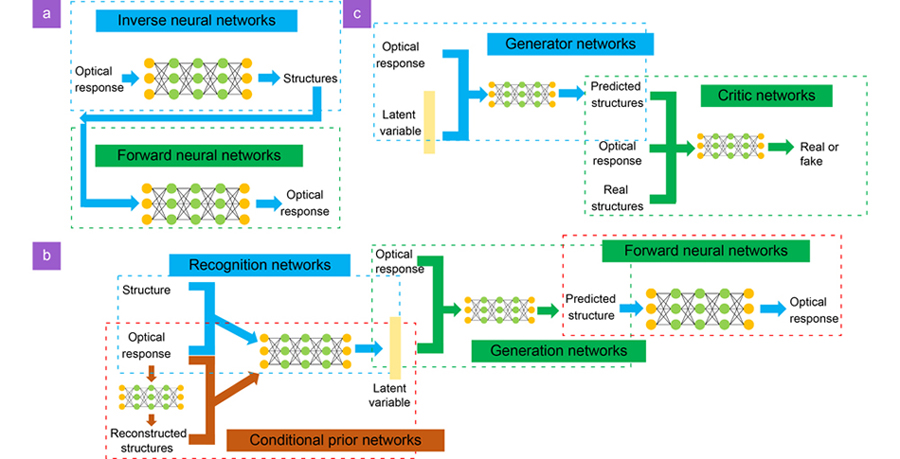- Opto-Electronic Science
- Vol. 1, Issue 1, 210012-1 (2022)
Abstract
Supplementary Materials

Taigao Ma, Mustafa Tobah, Haozhu Wang, L. Jay Guo. Benchmarking deep learning-based models on nanophotonic inverse design problems[J]. Opto-Electronic Science, 2022, 1(1): 210012-1
Download Citation
Set citation alerts for the article
Please enter your email address




